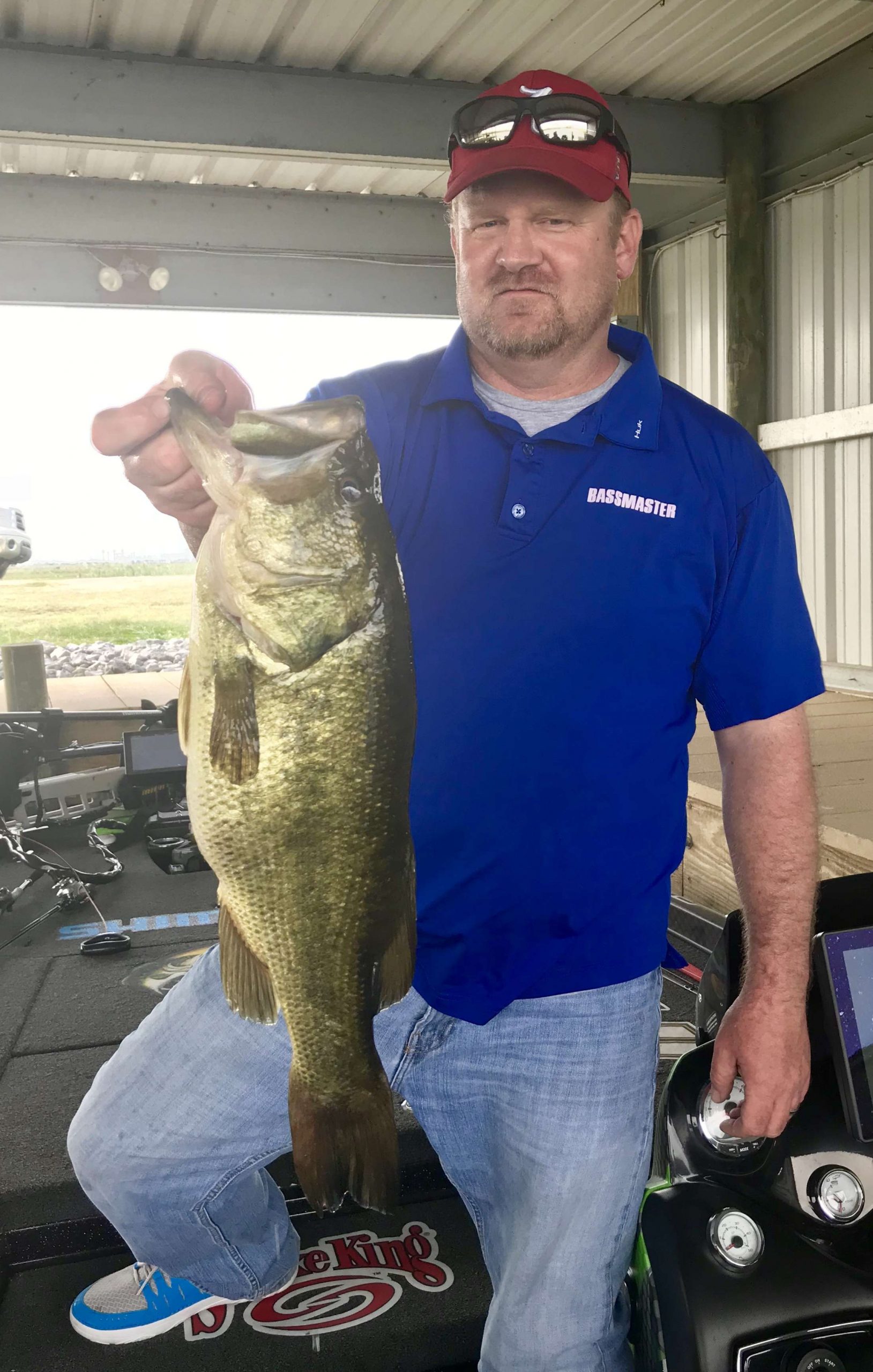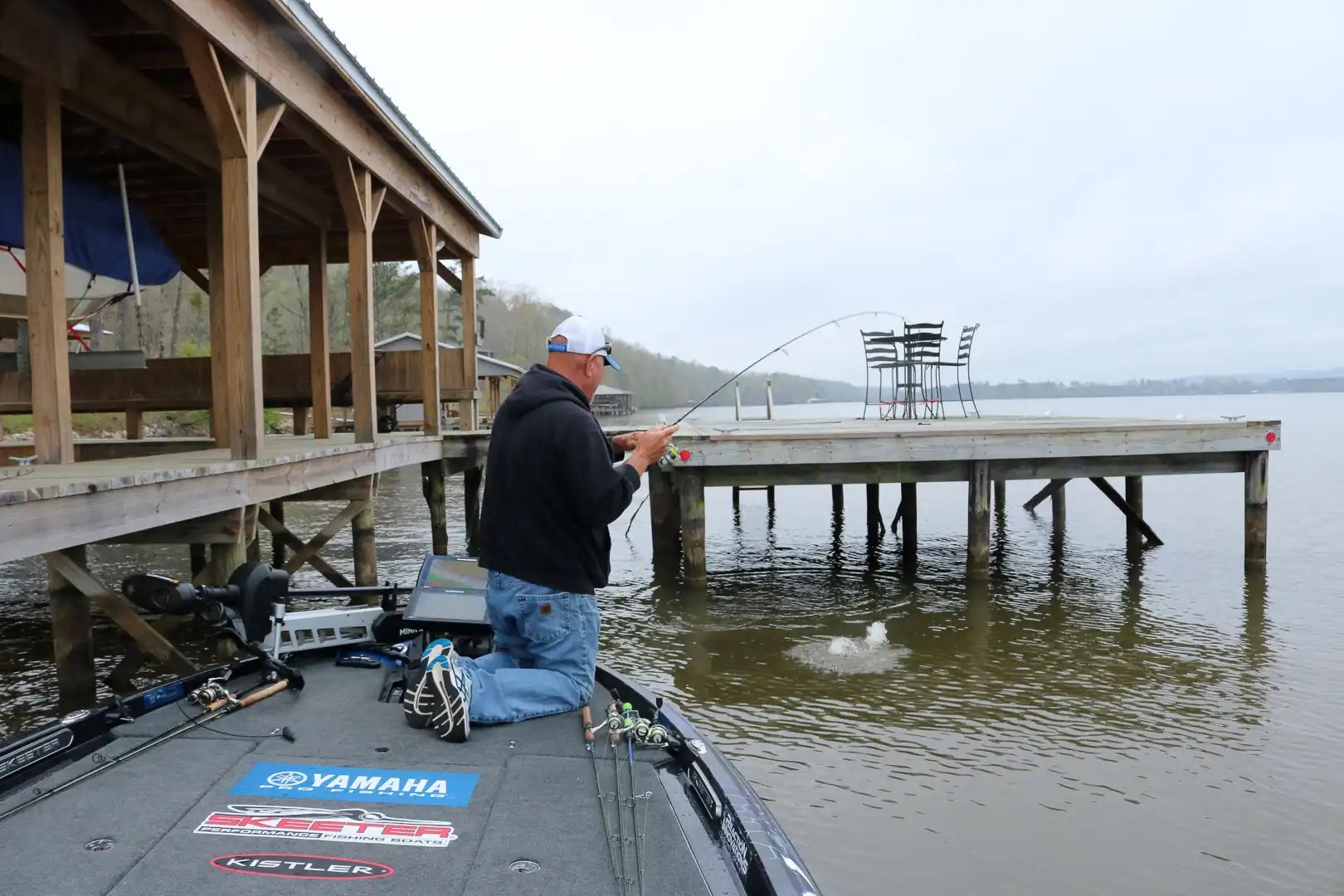
Whether you’re teaching a young person or learning to fish for the first time as an adult yourself, crappie offer as many positives as there are fish in the water.
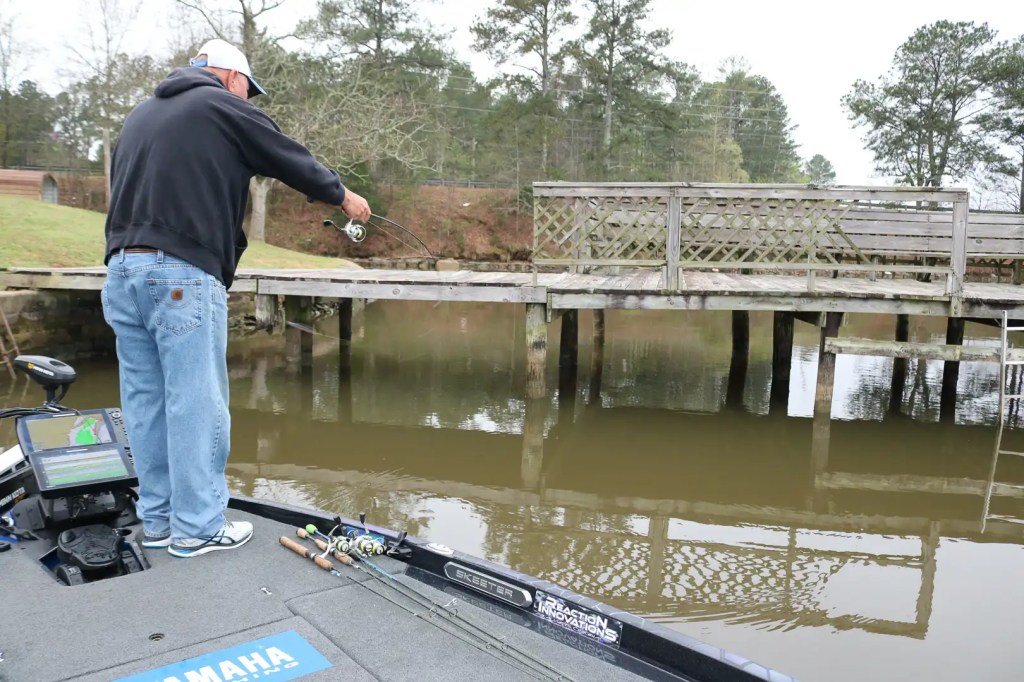
Finding them
One of the reasons crappie are so popular is because they’re easy to catch. The hardest part is finding them, and even that is easier during the spring when they head to shallow water to spawn. The best spring crappie fishing usually occurs when the water temperature is in the high 50s to low 70s. Since crappie often relate to structure, every boat dock, stump, fallen tree, weedbed and rockpile has the potential to hold them. But I’ve also caught crappie out in the open away from cover during the spawning season, usually over a hard bottom like pea gravel that provides a suitable environment for their eggs. If you’re on a lake you know has crappie, everything sticking out of the water is a target.
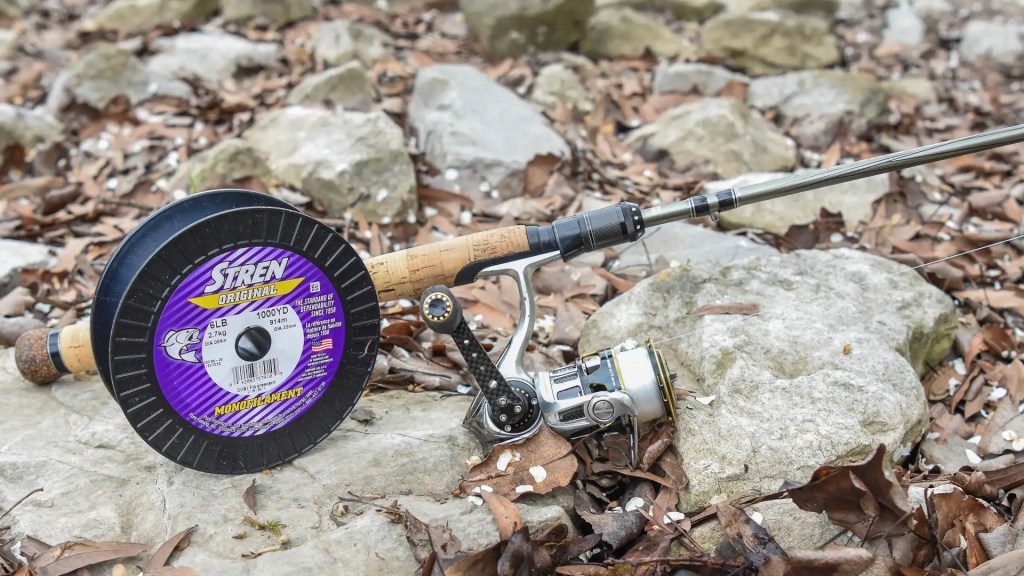
Finesse approach
During my time with B.A.S.S., I’ve shared a boat with some incredible pro bass anglers — and many of them couldn’t catch a crappie to save his life. Like I said, it’s not hard. But it is different from many types of fishing in that it requires a true finesse approach. Even the biggest crappie isn’t likely to bite a bait much bigger than 3 inches long, so downsizing is a must. Popular options for crappie include jigs ranging from 1/32- to 1/16-ounce and smaller live minnows, often referred to as “tuffies.” I rarely ever use anything heavier than a 6-pound monofilament line, and I’ve used rods as small as a 5-foot, 4-inch Mag-Light from G. Loomis with a small spinning reel. Most of the typical spincast starter combos available today are built perfectly for crappie fishing. When you’re fishing, it’s important to remember that crappie are what I call a “lazy fish.” They aren’t likely to chase anything down or “ambush” a bait like a bass. So, whichever lure you choose, a super slow approach is usually best.
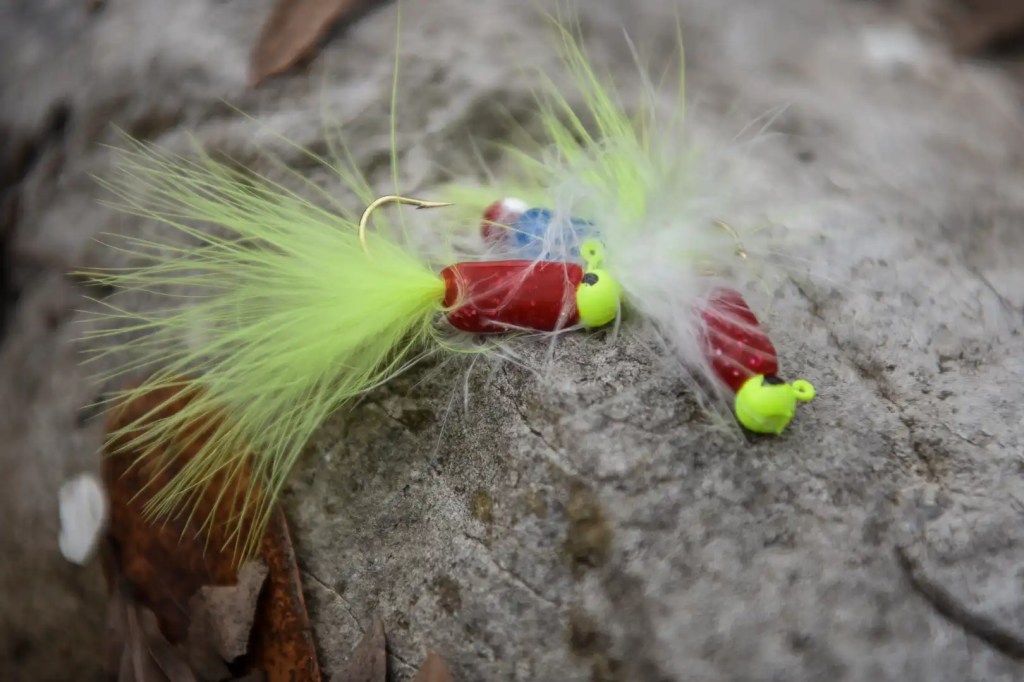
Live or artificial bait
Minnows are sometimes preferable for novice anglers because they impart their own action on the hook. They’re also a good choice in stained water when crappie have limited visibility and are relying more on their sense of smell. I’ve always fished minnows under a float, setting the depth where I thought it would put the minnow safely in the middle of the structure without getting hung. Trust me, you WILL get hung. It’ll happen no matter how careful you are. But you want to do it as little as possible to avoid losing tackle and spooking the fish. Jigs are a more efficient choice because you don’t have to keep them alive or rebait your hook frequently. But because they don’t swim, you’ll determine how much action they have. Usually, casting a jig near structure and letting it fall is all it takes. But there are times when a little twitch here and there can make all the difference.
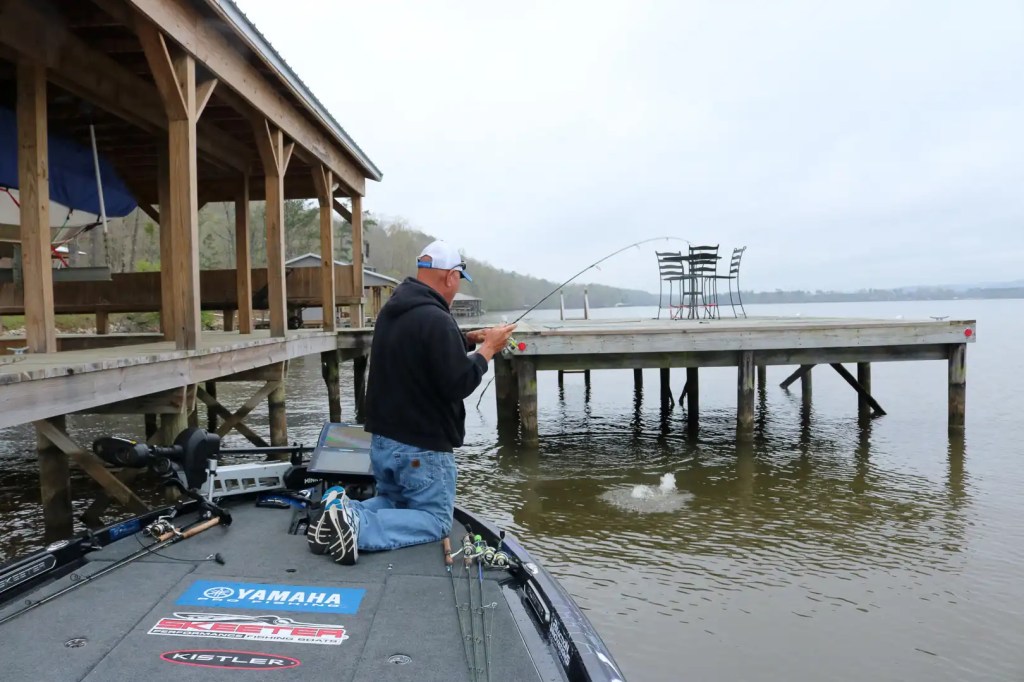
Strike detection and hook set
One of the reasons those aforementioned pros have trouble catching crappie is likely because they’re expecting the fish to take the rod away from them when it bites. But unlike bass, crappie are subtle when they strike. Sometimes when fishing with a jig, you’ll get the “thump.” That’s the hardest crappie bite. You’ll see your line jump and depending on the sensitivity of your rod, you’ll feel it from the tip down to the butt of the handle. Other times, you’ll get the “tap.” That’s a less noticeable bite that will barely cause a stir in your line. You may or may not feel it with your rod. Still other times, you’ll get the “intercept.” That’s what I call it when a crappie seems to just catch your jig on the way down and hold it. It’ll cause your line to pool up on the surface like it would if your jig had hit bottom. Being a good crappie angler means being a line watcher. Learn what your line looks like when your lure is falling — and the instant it looks different, set the hook. About setting the hook … do it much easier than you would for larger fish like catfish and bass. Crappie are often referred to as “paper mouths” because the membrane that surrounds their hard lips is razor-thin and a hook can easily be snatched through it with too strong a hook set.
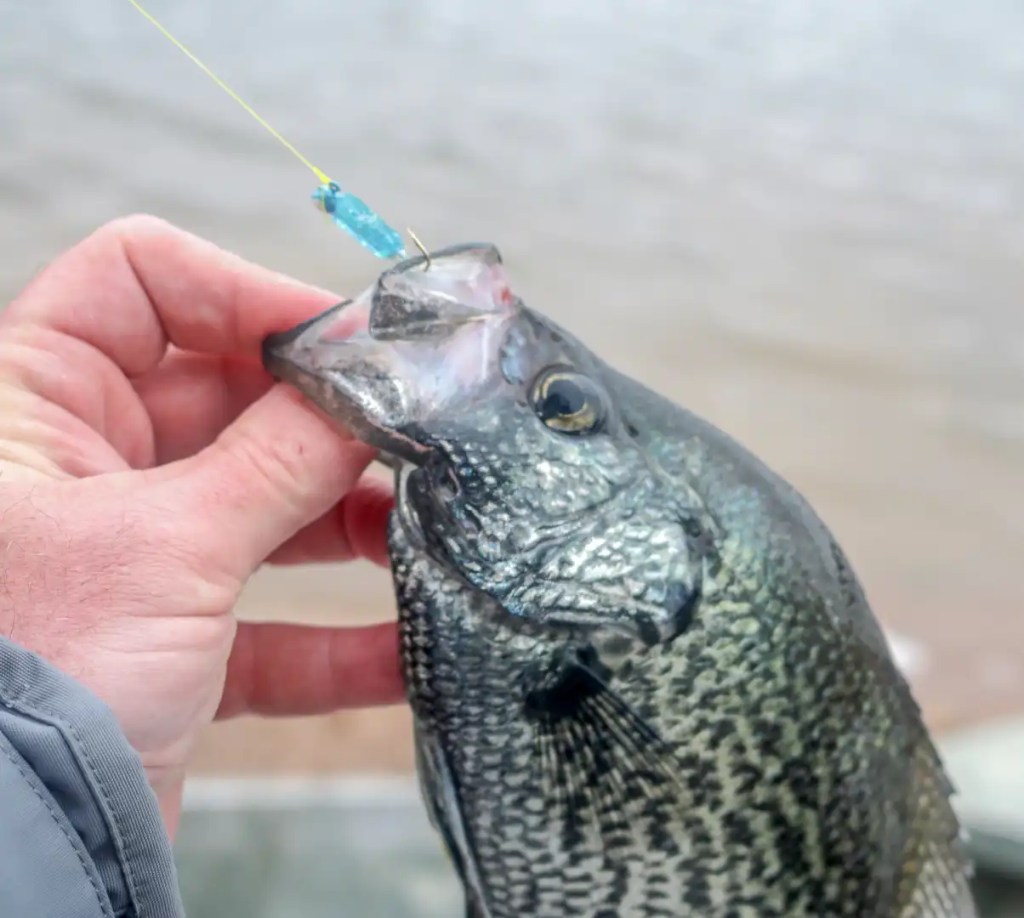
The fight
If you’re looking for something that provides a hard-fighting thrill on the other end of your line, look elsewhere. Crappie are often described as “wet paper bags” on the end of a line because the bulk of the fight is often over shortly after the hook set. Just remember the “paper mouth” nickname. Fighting a big one too hard can result in a broken heart.
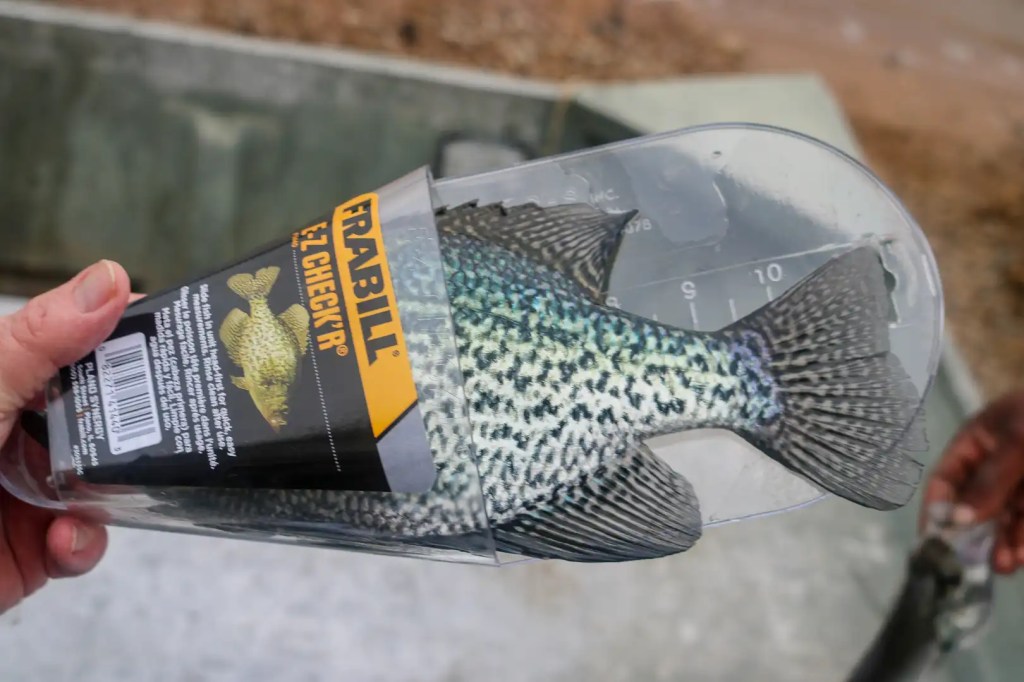
Measuring
So, what’s a big one? In my mind, a 2-pound crappie is the equivalent of a 5- to 7-pound largemouth bass. The Mississippi Department of Wildlife and Freshwater Fisheries once did a study that determined a 3-pound crappie is as rare as a 13-pound largemouth bass. If you’re looking for a true trophy, 3 pounds is the target. It’s much more common to catch crappie in the 7- to 10-inch range that weigh far less than a pound. Many states have minimum length limits — like Alabama where a crappie must be at least 9 inches long on most lakes to be kept. It’s important to check the regulations before you go.
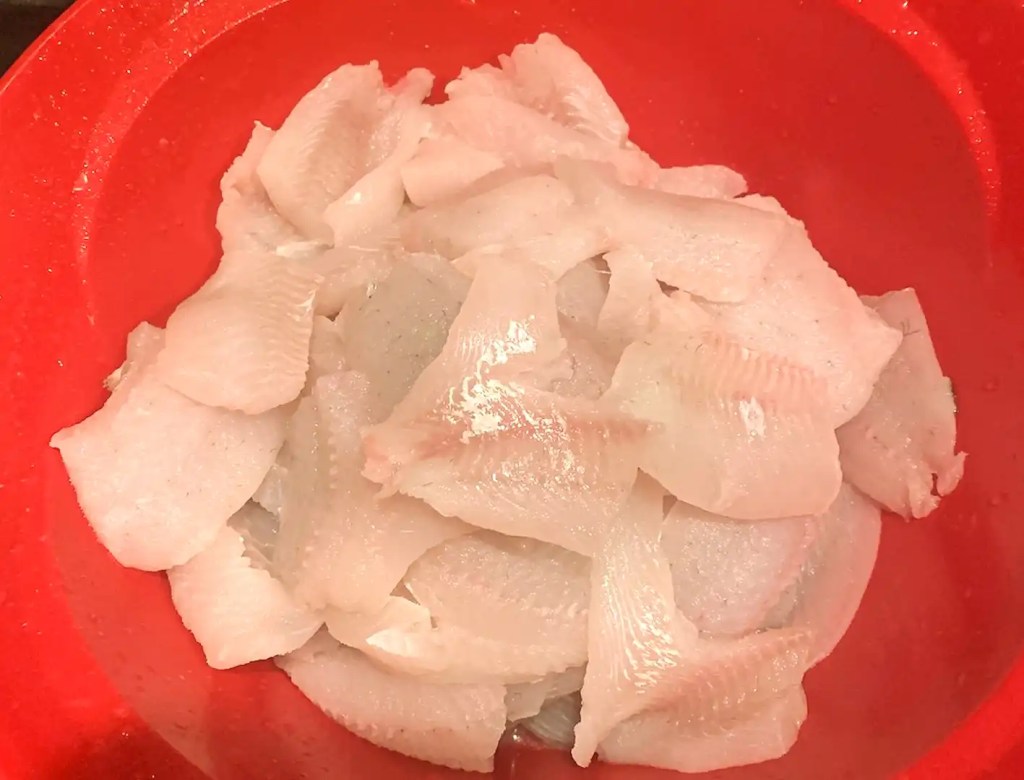
Table fare
The final reason crappie are so popular is because they taste so darned good. Just soak the fillets in buttermilk, dredge them in your favorite cornmeal mixture and drop them in hot grease until the coating is solid. Nothing smells as good cooking on the stove and few things that swim are as much fun from the first cast to the final bite at the dining room table.

